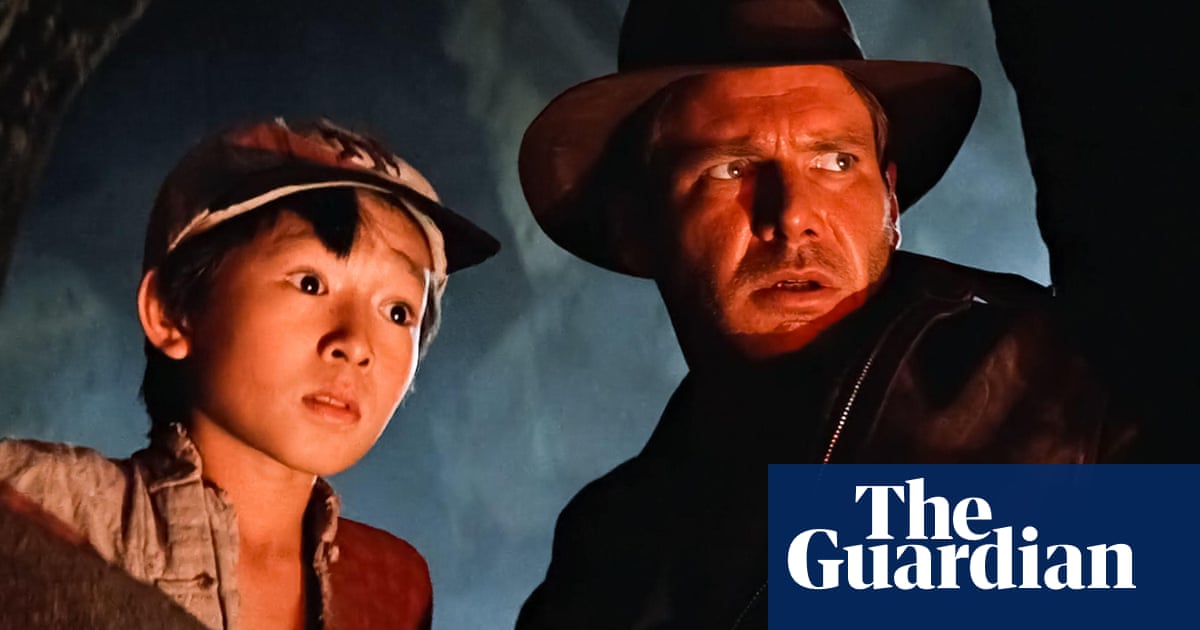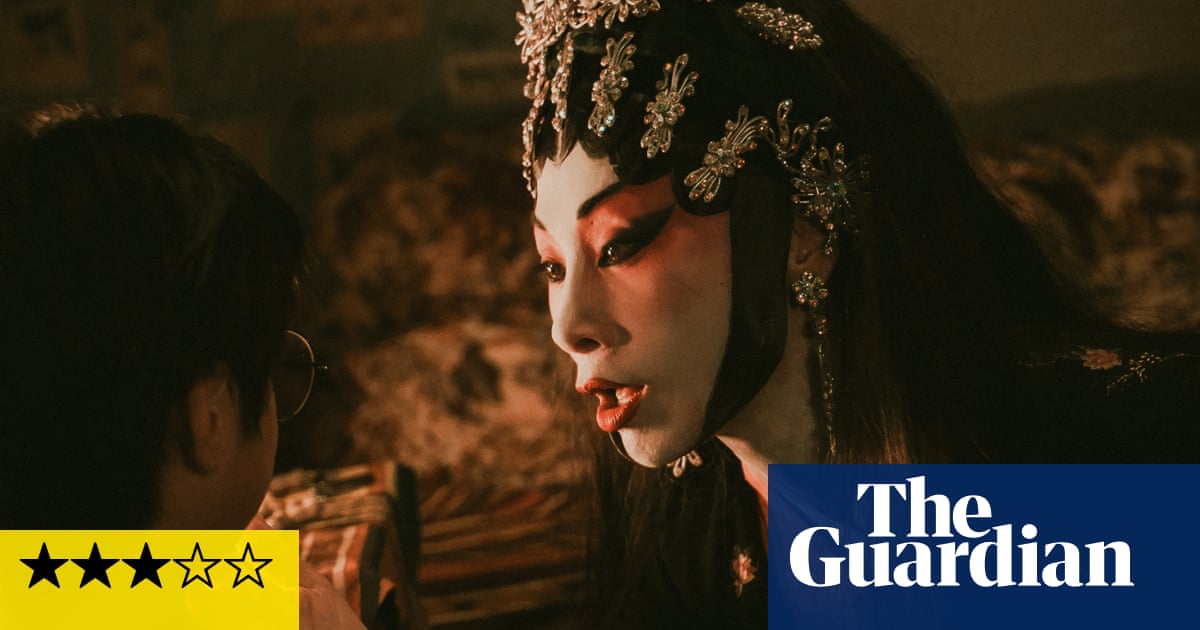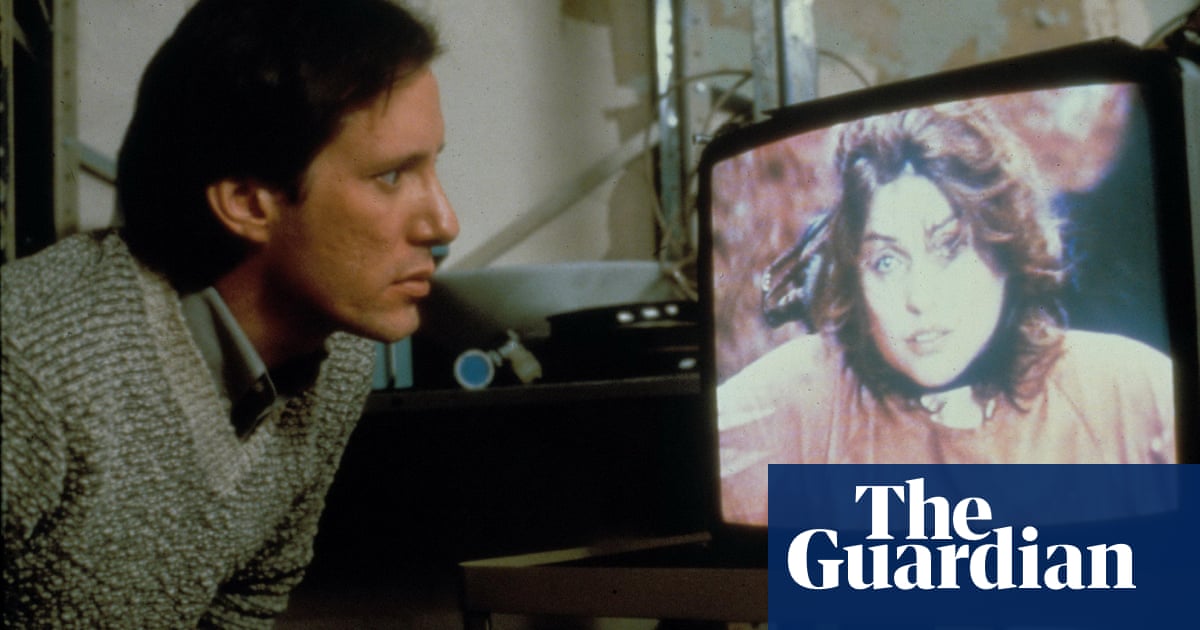
In the summer of 1982, Steven Spielberg released two movies in consecutive weeks, Poltergeist and ET the Extra Terrestrial, that now seem like mirror images of each other. Both are about suburban enclaves visited by supernatural phenomena – one a haunting, the other a close encounter of the third kind – and both are ultimately storybook affirmations of the American family, which is made stronger through crisis. The California suburbs were a playground for Spielberg, who grew up in them, and these films were like new subdivisions in his personal colonization of Hollywood.
The nature of Spielberg’s involvement in Poltergeist has been in hot dispute from the beginning. He’s credited as the co-producer and co-writer on the film, which is based on his original story, but the director is the late Tobe Hooper, who was either a primary creative force or a bystander on his own set, depending on who’s being asked. At a minimum, the two had a unique collaboration that resulted in a distinctly Spielbergian horror film, albeit one with a dash of the malevolence of Hooper’s The Texas Chainsaw Massacre and the spring-loaded shocks of his previous film, the underrated 1981 slasher The Funhouse. It’s as if Spielberg wanted to scare audiences while maintaining his cuddly veneer, and Hooper served in part as his alibi.
It also affirmed, post-Jaws, that PG-rated horror films had summer blockbuster potential, though 40 years later, it’s remarkable how few have tried to mimic its success. (The abysmal 1999 remake of The Haunting, from Spielberg’s DreamWorks Pictures, seems to have killed off the idea forever.) Though The Amityville Horror had been a hit in 1979, the slasher trend was in full bloom by 1982, which allowed Poltergeist to stake a lone claim to the haunted house movie, a subgenre that has always required more bumps and creaks than active bloodletting. Even when the ghosts go haywire in the final act, it feels as wholesome as a Halloween hayride.
In the brilliant opening sequence, Poltergeist strikes from the heart of every suburban home: the television set. As the man of the house, Steven Freeling (Craig T Nelson) snoozes in his recliner, a TV broadcast channel signs off for the night with The Star-Spangled Banner and the ghostly static that will carry it through to the next morning. The family dog goes rooting for scraps upstairs, which is an elegant way of introducing the other characters: Steven’s wife Diane (JoBeth Williams) and their three children – 16-year-old Dana (Dominique Dunne), eight-year-old Robbie (Oliver Robins), and, finally, Carol Anne (Heather O’Rourke), a cute six-year-old who wakes up and wanders to the living room. The static speaks to her as the family watches. She calls her new friends “the TV people”.
The image of Carol Anne sitting crisscrossed with her hands against the snowy TV set, announcing “They’re here” in her ominous sing-song-y voice, was a hook so powerful that it served as the poster and the tagline. But in Poltergeist, it’s part of an effective strategy to back into a horror film through Spielberg wonderment, because it’s not immediately clear that “they” are not the friendly beings from Close Encounters or ET. A dead canary and bent silverware are signs of trouble, but when Diane discovers that the kitchen chairs can move on their own, she’s delighted by it. It could be a terrific party trick.
When Carol Anne gets sucked into the bedroom closet, however, the film shifts gears, and the Freelings are willing to try anything to rescue her from the house’s walls, where her voice can still be heard at a distance. Does she walk to the light or away from the light? Three parapsychologists from the local college are at a loss, but they get some help from Tangina (Zelda Rubinstein), a spiritual medium who assures Diane that her daughter is alive and in the house. At this point, Carol Anne’s bedroom is a zero-gravity spook zone and an odd spectral birth canal has opened up between her closet and the living-room ceiling. The mother will have to give birth to her child again, only coated in ectoplasm rather than amniotic fluid.
Williams is the glue that holds Poltergeist together – funny, sexy, and assertive, with Diane much more active than her husband to throwing herself into danger. (A bedroom scene where she’s rolling a joint while he’s reading a Ronald Reagan biography is a short story in itself.) When Tangina tells her, “I could do absolutely nothing without your faith in this world and your love for the children,” Williams shows the maternal conviction to back it up. She and Dee Wallace’s single mother in ET are cut from the same cloth. Their kids can always count on them.
At the time, Poltergeist was a premium showcase for Industrial Light & Magic, the George Lucas-founded effects house that here unleashes everything from subtle wisps of white to full-on screen-filling specters that suggest 3D without the red-and-blue cellophane glasses. Spielberg and Hooper supplement the visual effects with the old-fashioned analog of a creepy clown doll, a malevolent leafless tree, and skeleton-filled coffins bursting from the soil. Poltergeist was intended as a scare machine, first and foremost, and it updates the classic haunted house movie without losing its appeal to a general audience.
The revelation that the Freelings’ house and neighborhood was built atop the dead – only headstones were moved, not the bodies – suggests a darker message about American expansion, with families gobbling up land that was never theirs to claim. That syncs up with The Texas Chainsaw Massacre, too, which is also about outsiders punished for encroaching on hostile terrain. Spielberg has often been optimistic about the magic and possibility of suburban life, but Poltergeist considers it from the other side of the lens.












